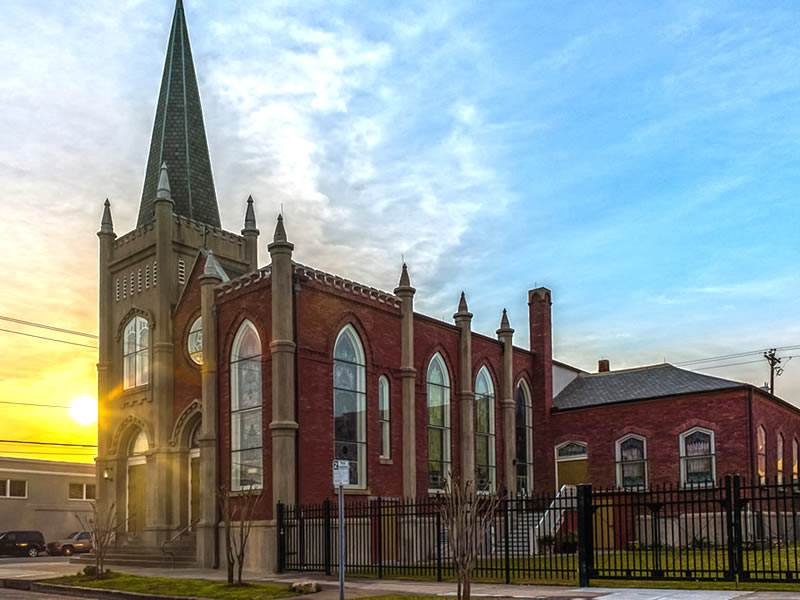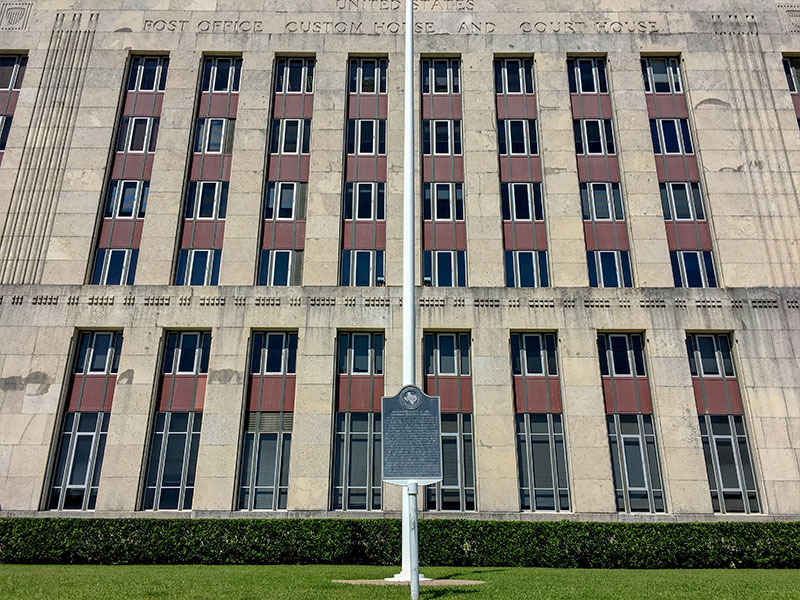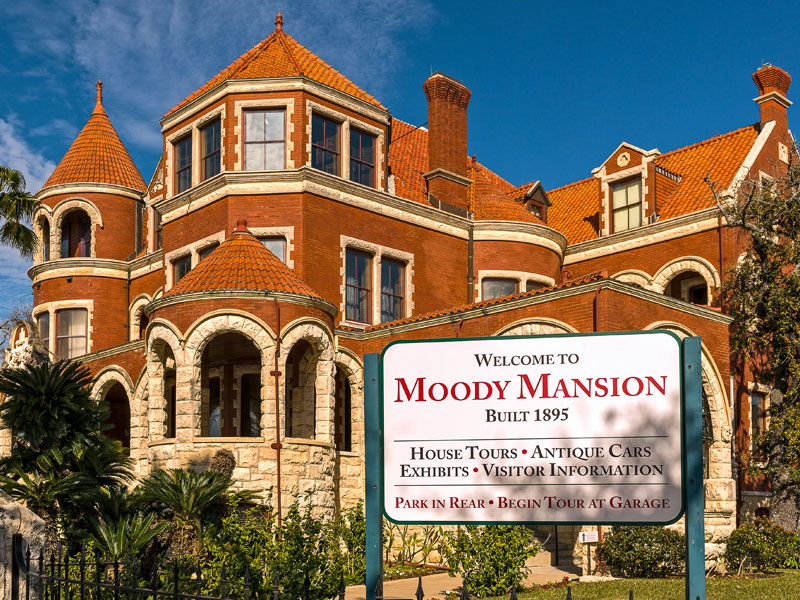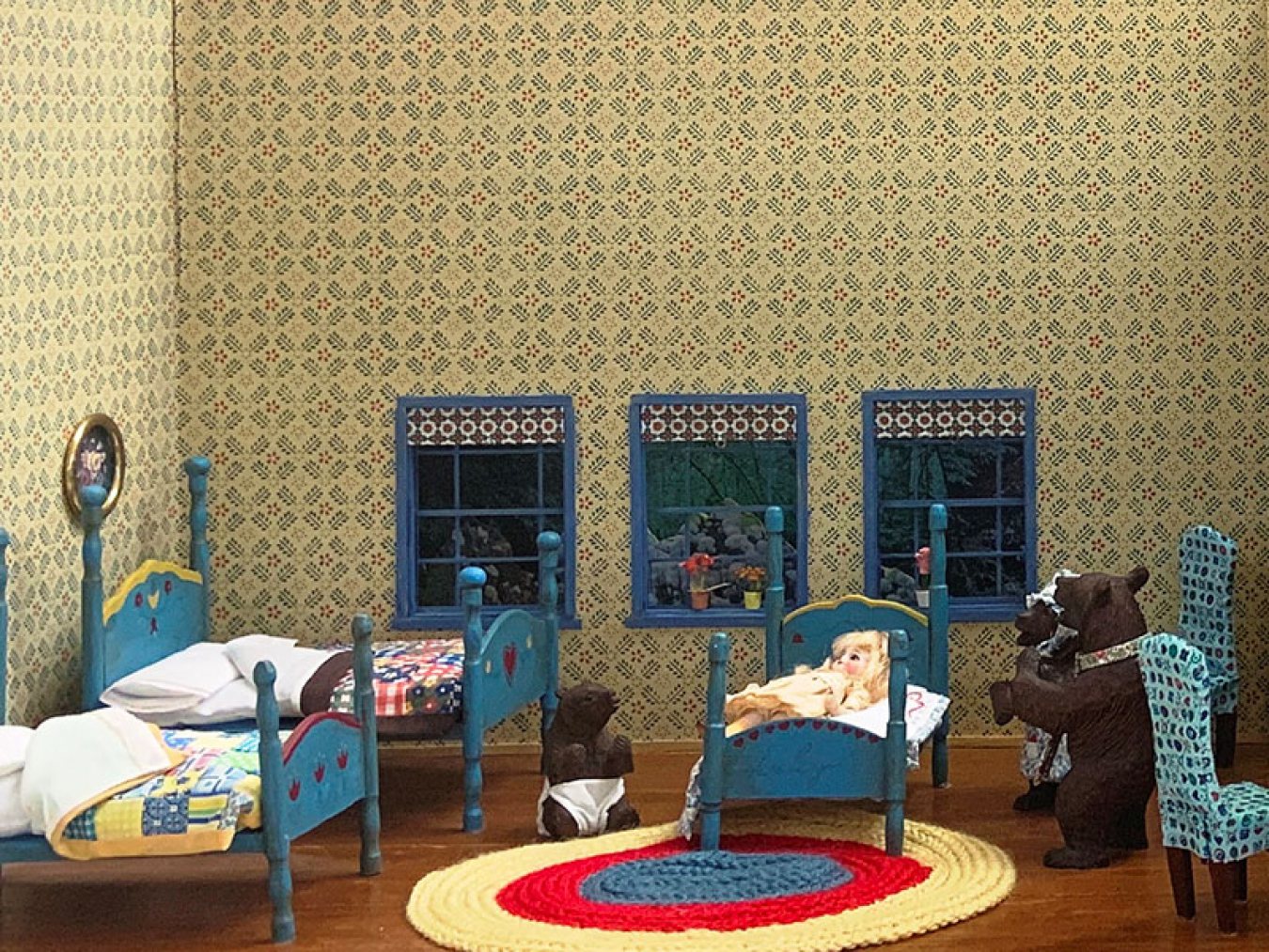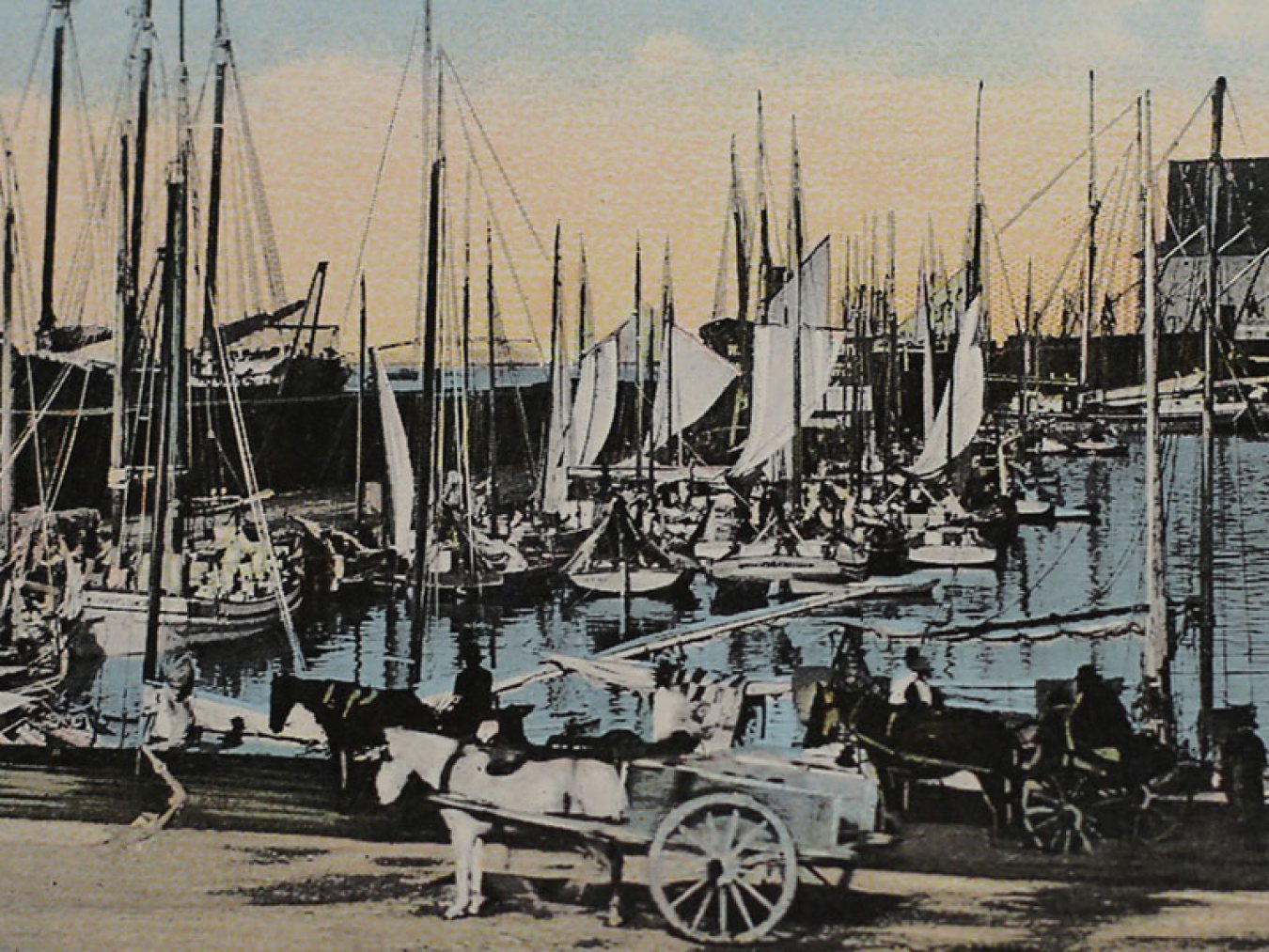One of the Gifts of Henry Rosenberg revealed in his will after his death in 1893. Of the original seventeen Rosenberg fountains, only nine still exist. Many of these have been moved to their present sites from other locations on the island. Each fountain bears a unique design.
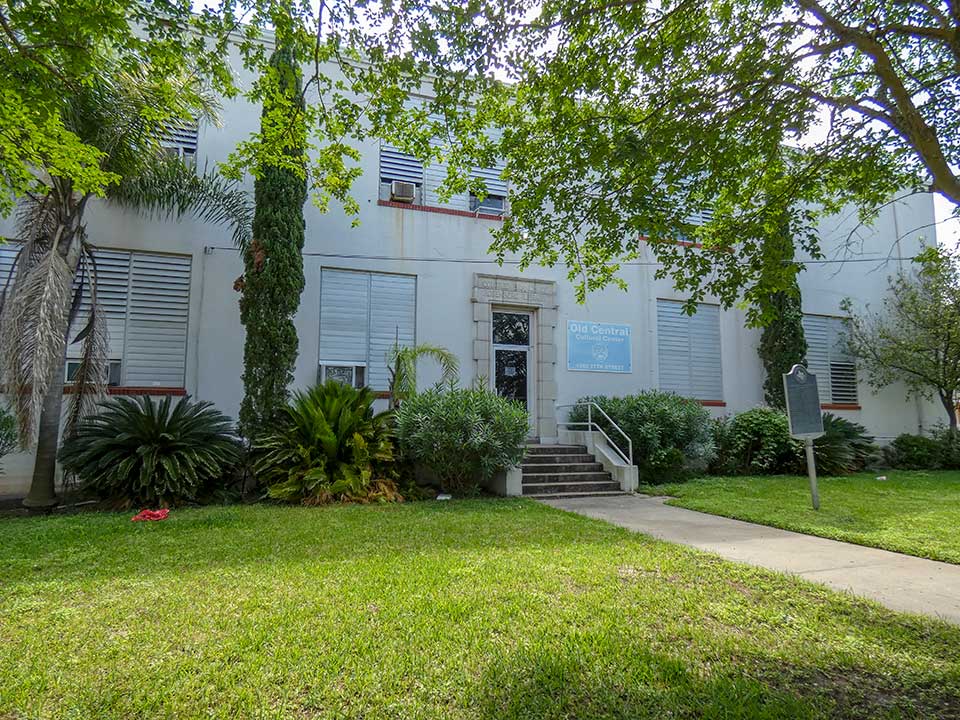
During the early 20th century, separate public facilities existed for white residents and for African American residents in the South. For this reason, a branch of the Rosenberg Library for “colored” citizens was established at Central High School (also for African Americans). The Colored Branch of Rosenberg Library operated from 1905 until 1958 when the library’s board of directors opened the main branch to people of all races.
The 175-year-old City of Galveston has been credited with a long list of “firsts” in Texas. Among the most significant—and least well documented—of these historic achievements is the establishment of the first public library for African Americans in the state. While most Galvestonians today are very familiar with the Rosenberg Library at 2310 Sealy Street, many probably don’t realize that at one time there existed a separate Rosenberg Library branch for “colored” citizens.
Today, all that remains of this chapter in Galveston history is the west entrance at the old Central High School annex building at Avenue M and 26th Street. Founded in 1885, Central High was the first high school for black students in Texas. One can still see “Colored Branch of Rosenberg Library” carved neatly into the stone above the doorway leading into this structure.
In addition to being a first in Texas, Rosenberg Library’s Colored Branch is believed to be the first public library for blacks in the entire southern United States. The 1896 Supreme Court decision Plessy v. Ferguson established a “separate but equal” mandate which legalized the segregation of public schools as well as public libraries.
In 1881, a permanent public school system was created for the education of both white and black children in Galveston. The schools were segregated however, with separate schools established for each race. This same separation of races was still observed when the Rosenberg Library Association began making plans for a public library on the island shortly after the turn of the 20th century. In March of 1904, several months before the much-anticipated grand opening of the city’s new library, the Board of Directors adopted a resolution with the notion that “a branch library shall be established so that the white and colored citizens of Galveston may separately derive advantages from the bequest of Henry Rosenberg for the establishment and maintenance of a Free Public Library for the use of the people of Galveston.”

